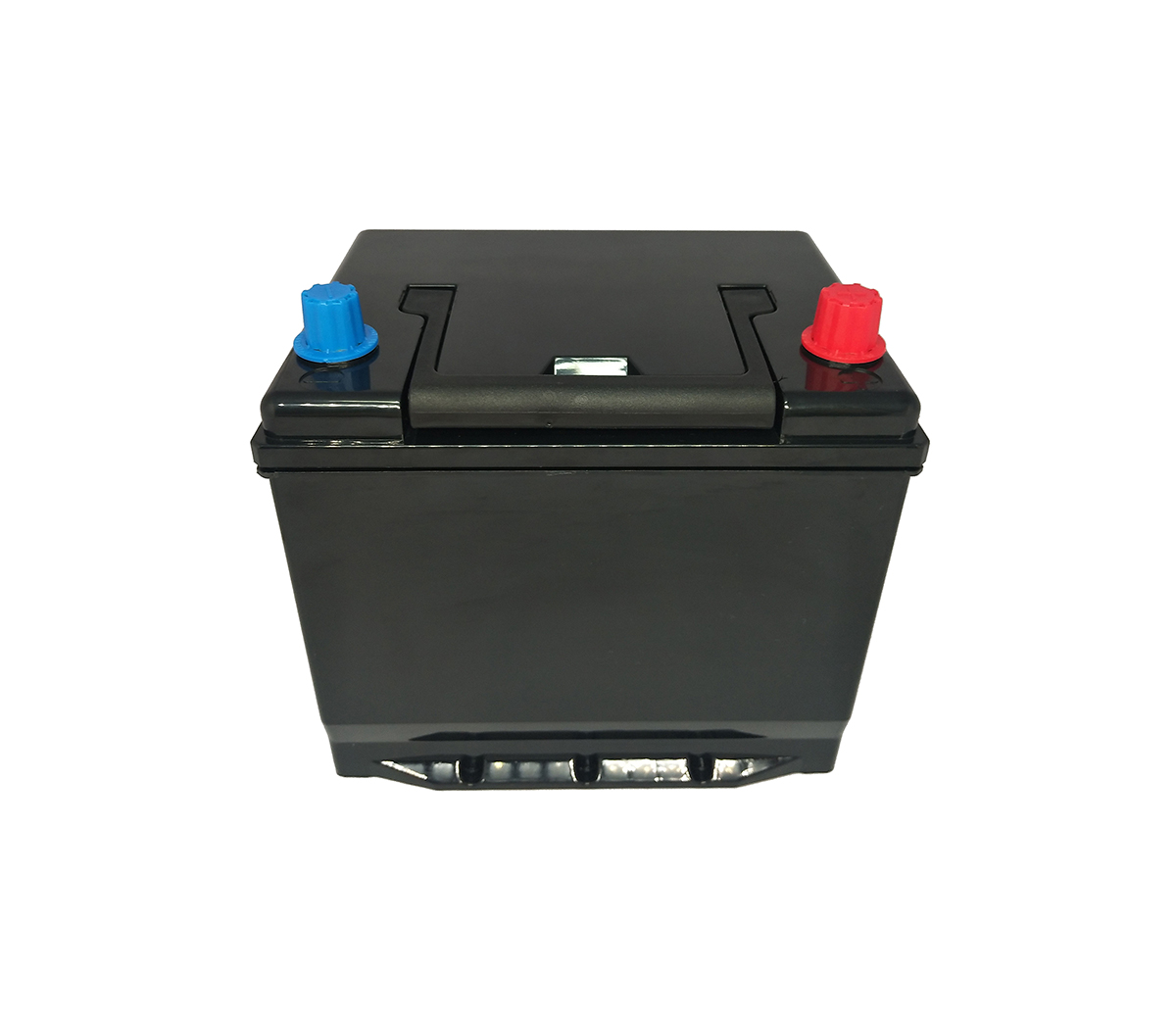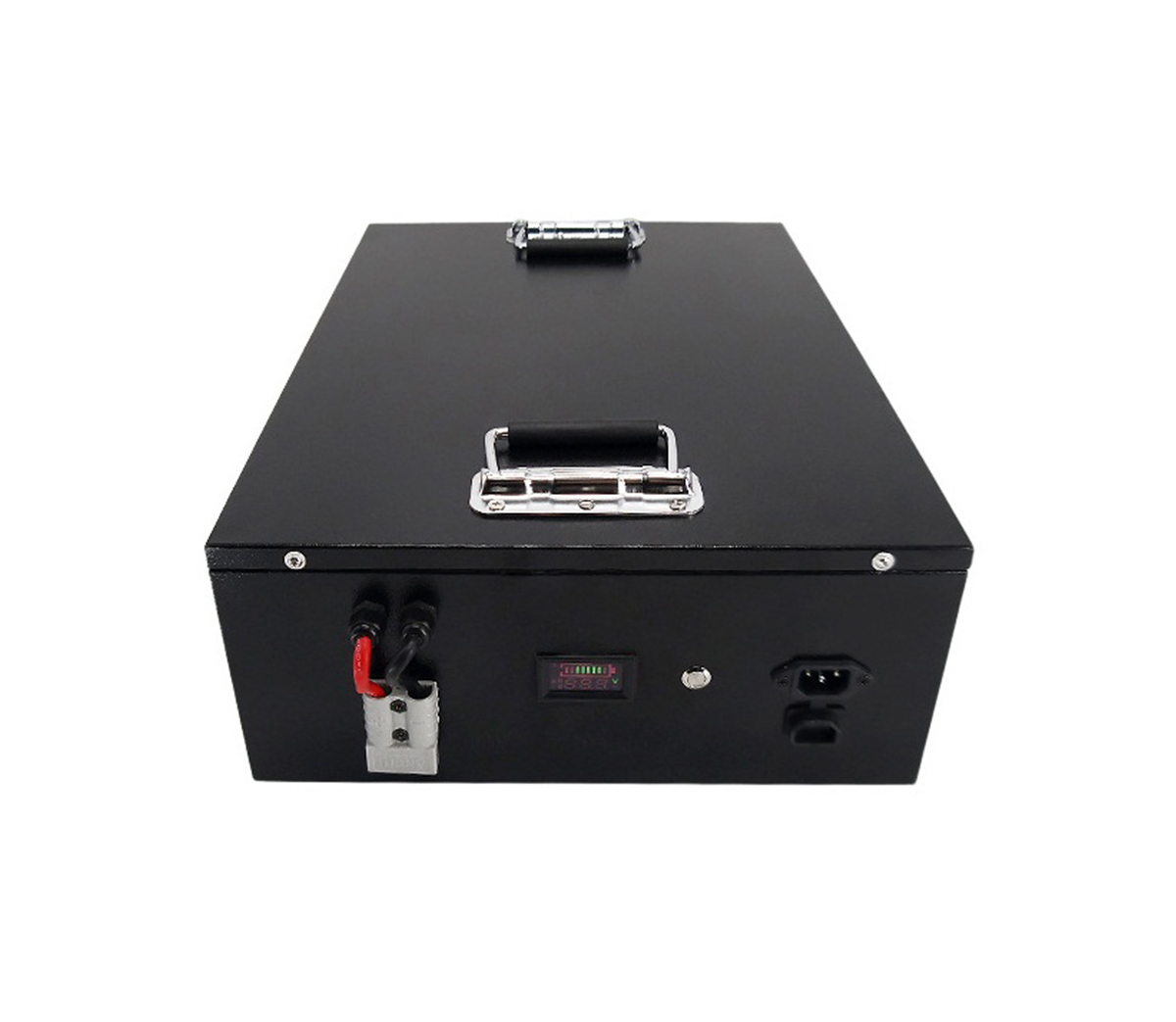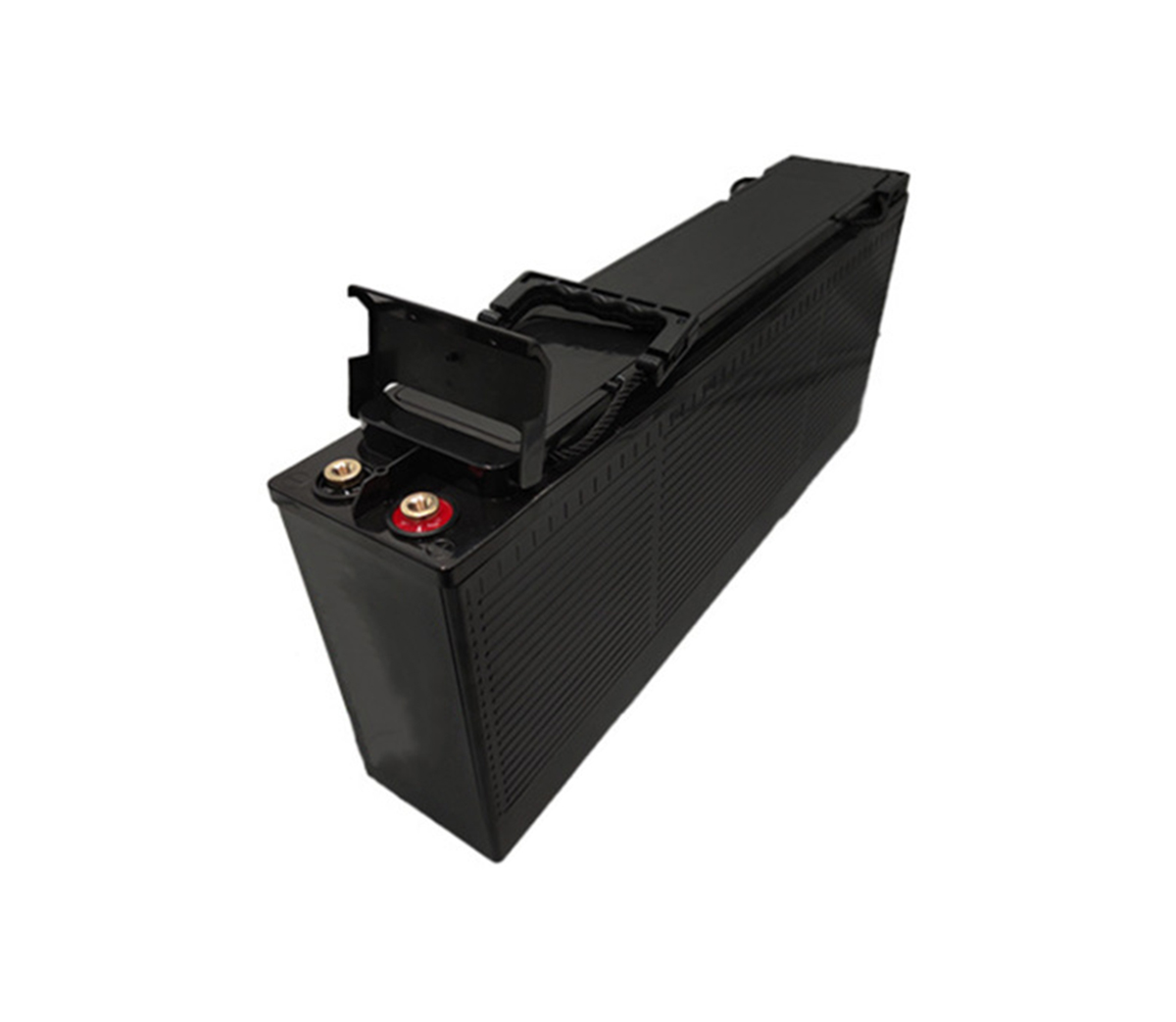
The principle and functional requirements of lithium battery protection are
explained in detail here, which has certain guiding significance for the design
of lithium battery protection! Lithium ion battery protection circuit includes
overcharge protection, overcurrent/short circuit protection and overdischarge
protection, requiring high precision overcharge protection Features such as low
power consumption, high withstand voltage, and zero-volt rechargeability. This
text introduces the principle, new function and characteristic requirement of
these three kinds of protection circuits in detail.
In recent years, more and more products such as PDAs, digital cameras,
mobile phones, portable audio devices and Bluetooth devices have adopted lithium
batteries as their main power source. Lithium batteries have the advantages of
small size, high energy density, no memory effect, high cycle life, high-voltage
batteries and low self-discharge rate. Unlike nickel-cadmium and nickel-hydrogen
batteries, lithium batteries must be safe during charging and discharging. To
prevent deterioration of characteristics. The overcharge, overdischarge,
overcurrent and short circuit protection of lithium batteries is very important,
so protection circuits are usually designed in the battery pack to protect the
lithium batteries. Due to the high energy density of lithium-ion batteries, it
is difficult to ensure battery safety. In the overcharged state, the battery
will have excess energy after the temperature rises, so the electrolyte will
decompose to produce gas, which may cause spontaneous combustion or rupture due
to the increase in internal pressure; on the contrary, in the over-discharged
state, the electrolyte will decompose and cause the battery characteristics and
The durability is deteriorated, thus reducing the number of rechargeable
times.
The protection circuit of lithium-ion battery is to ensure the safety in
such overcharge and discharge state and prevent the deterioration of
characteristics. The protection circuit of the lithium ion battery is composed
of a protection IC and two power MOSFETs. The protection IC monitors the battery
voltage and switches to an external power MOSFET to protect the battery when it
is overcharged and discharged. The function of the protection IC is excessive.
Charge protection, over discharge protection and over current/short circuit
protection.
One, overcharge protection
The principle of overcharge protection IC is that when an external charger
is charging a lithium battery, in order to prevent the internal pressure from
rising due to temperature rise, it is necessary to terminate the charging state.
At this time, the protection IC needs to detect the battery voltage, and when it
reaches 4.25V (assuming the battery overcharge point is 4.25V), it activates the
overcharge protection, turns the power MOSFET from on to off, and then stops
charging.
In addition, you must also pay attention to the malfunction of overcharge
detection caused by noise, so as not to be judged as overcharge protection.
Therefore, the delay time needs to be set, and the delay time cannot be shorter
than the duration of the noise.
2. Over discharge protection
In the case of over-discharge, the electrolyte will decompose and cause the
deterioration of battery characteristics and reduce the number of recharges. The
use of lithium battery protection IC can avoid over-discharge and realize the
battery protection function.
The principle of over-discharge protection IC: In order to prevent the
over-discharge of the lithium battery, suppose that the lithium battery is
connected to the load. When the voltage of the lithium battery is lower than its
over-discharge voltage detection point (assumed to be 2.3V), the over-discharge
protection will be activated to enable the power MOSFET Switch from on to off
and cut off the discharge to avoid over-discharge of the battery and keep the
battery in a low quiescent current standby mode. The current at this time is
only 0.1μA.
When the lithium battery is connected to the charger, and the voltage of
the lithium battery is higher than the over-discharge voltage at this time, the
over-discharge protection function can be released. In addition, considering the
pulse discharge, the over-discharge detection circuit is equipped with a delay
time to avoid malfunction.
Three, over current and short circuit current
Overcurrent or short-circuit is caused by unknown reasons (when discharging
or the positive and negative electrodes are touched by metal objects). To ensure
safety, the discharge must be stopped immediately.
The principle of the overcurrent protection IC is that when the discharge
current is too large or a short circuit occurs, the protection IC will activate
the over (short circuit) current protection. At this time, the detection of
overcurrent is to use the Rds(on) of the power MOSFET as an inductive impedance
to monitor When the voltage drops, if the overcurrent detection voltage is
higher than the predetermined overcurrent detection voltage, the discharge will
be stopped. The calculation formula is:
V-=I×Rds(on)×2 (V- is the overcurrent detection voltage, I is the discharge
current)
Assuming V-=0.2V, Rds(on)=25mΩ, the protection current is I=4A
Similarly, over-current detection must also be equipped with a delay time
to prevent malfunction when sudden current flows in.
Normally after the overcurrent is generated, if the overcurrent factor can
be removed (for example, immediately separated from the load), the normal state
will be restored, and normal charging and discharging operations can be
performed.
Fourth, the new function of lithium battery protection IC
In addition to the above-mentioned lithium battery protection IC functions,
the following new functions are also worthy of attention:
1. Overcurrent protection during charging
When the charger is connected for charging, an overcurrent occurs suddenly
(such as the charger is damaged), the circuit will immediately perform
overcurrent detection, at this time, Cout will change from high to low, and the
power MOSFET will be switched from on to off, realizing the protection
function. V-=I×Rds(on)×2
(I is the charging current; Vdet4, the overcurrent detection voltage, Vdet4
is -0.1V) 2. Locking mode when overcharging
Generally, the protection IC will pass a delay time during overcharge
protection, and then cut off the power MOSFET to achieve the purpose of
protection. When the lithium battery voltage drops to the release point
(overcharge hysteresis voltage), it will recover. Will continue to
charge→protect→discharge→charge→discharge. The safety problem of this state will
not be effectively solved. The lithium battery will always repeat the action of
charging→discharging→charging→discharging, and the gate of the power MOSFET will
be in the alternating state of high and low voltage repeatedly, which may cause
the MOSFET to become hot. , It will also reduce battery life, so the lock mode
is very important. If the lithium battery protection circuit has a lock mode
when the overcharge protection is detected, the MOSFET will not become hot, and
the safety is relatively improved.
After the overcharge protection, as long as the charger is connected to the
battery pack, it will enter the overcharge lock mode at this time. At this time,
even if the voltage of the lithium battery drops, there will be no recharging.
Remove the charger and connect the load to restore the charging and discharging
state.
3. Reduce the size of protection circuit components
The delay capacitor for overcharge and short circuit protection is
integrated into the protection IC to reduce the size of the protection circuit
components.
5. Requirements for protection IC performance
1. High precision of overcharge protection
When the lithium ion battery is overcharged, in order to prevent the
internal pressure from rising due to temperature rise, the charging state must
be cut off. The protection IC will detect the battery voltage, and when
overcharge is detected, the power MOSFET for overcharge detection will cut off
and stop charging. At this time, attention should be paid to the high-precision
detection voltage of overcharge. When the battery is charged, the user is very
concerned about charging the battery to a full state. At the same time, safety
issues must be taken into account. Therefore, it is necessary to achieve the
allowable voltage When the charging state is cut off. To meet these two
conditions at the same time, there must be a high-precision detector. The
current precision of the detector is 25mV, and this precision needs to be
further improved.
2. Reduce the power consumption of the protection IC
As the use time increases, the voltage of the charged lithium-ion battery
will gradually decrease, and finally fall below the standard value of the
specification, at which time it needs to be recharged. If you continue to use it
without charging, it may cause the battery to fail to continue to use due to
over-discharge. In order to prevent over-discharge, the protection IC must
detect the battery voltage. Once it reaches the over-discharge detection voltage
or lower, the power MOSFET on the discharge side must be cut off to cut off the
discharge. But at this time, the battery itself still has natural discharge and
current consumption of the protection IC, so it is necessary to minimize the
current consumption of the protection IC.
3. Over current/short circuit protection needs to have low detection
voltage and high precision requirements
The discharge must be stopped immediately when a short circuit is caused by
an unknown reason. The overcurrent detection uses the Rds(on) of the power
MOSFET as the inductive impedance to monitor the voltage drop. If the voltage at
this time is higher than the overcurrent detection voltage, the discharge will
stop. In order to make the Rds(on) of the power MOSFET effective in the charging
current and discharging current, the impedance value needs to be as low as
possible. At present, the impedance is about 20mΩ~30mΩ, so the overcurrent
detection voltage can be lower.
4. High voltage resistance
When the battery pack is connected to the charger, high voltage will be
generated instantaneously, so the protection IC should meet the requirements of
high voltage resistance.
5. Low battery power consumption
In the protection state, the quiescent current consumption must be less
than 0.1μA.
6. Zero volt rechargeable
Some batteries may have a voltage as low as 0V due to excessive storage or
abnormalities during storage. Therefore, the protection IC needs to be charged
at 0V.
VI. Prospects for the protection of IC development
As mentioned above, the future protection IC will further improve the
precision of the detection voltage, reduce the current consumption of the
protection IC, and improve the malfunction prevention function. At the same
time, the high withstand voltage of the charger connection terminal is also the
focus of research and development. In terms of packaging, SOT23-6 has gradually
shifted to SON6 packaging. In the future, there will be CSP packaging and even
COB products to meet the current emphasis on thin, thin and short.
In terms of function, the protection IC does not need to integrate all
functions. A single protection IC can be developed according to different
lithium battery materials, such as only overcharge protection or overdischarge
protection, which can greatly reduce the cost and size.
Of course, the single crystal of functional components is the unchanging
goal. For example, mobile phone manufacturers are currently moving towards a
two-chip chipset composed of peripheral circuits such as protection ICs,
charging circuits, power management ICs, and logic ICs. However, the
open-circuit impedance of the power MOSFET is currently required. It is
difficult to integrate with other ICs. Even if a single chip is made with
special technology, the cost will be too high. Therefore, it will take some time
to protect the single crystal of IC.



































